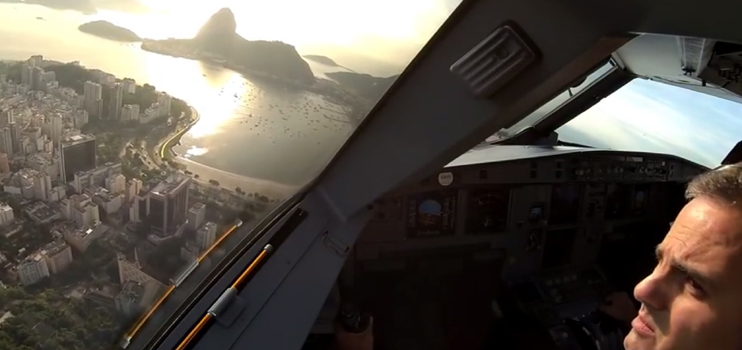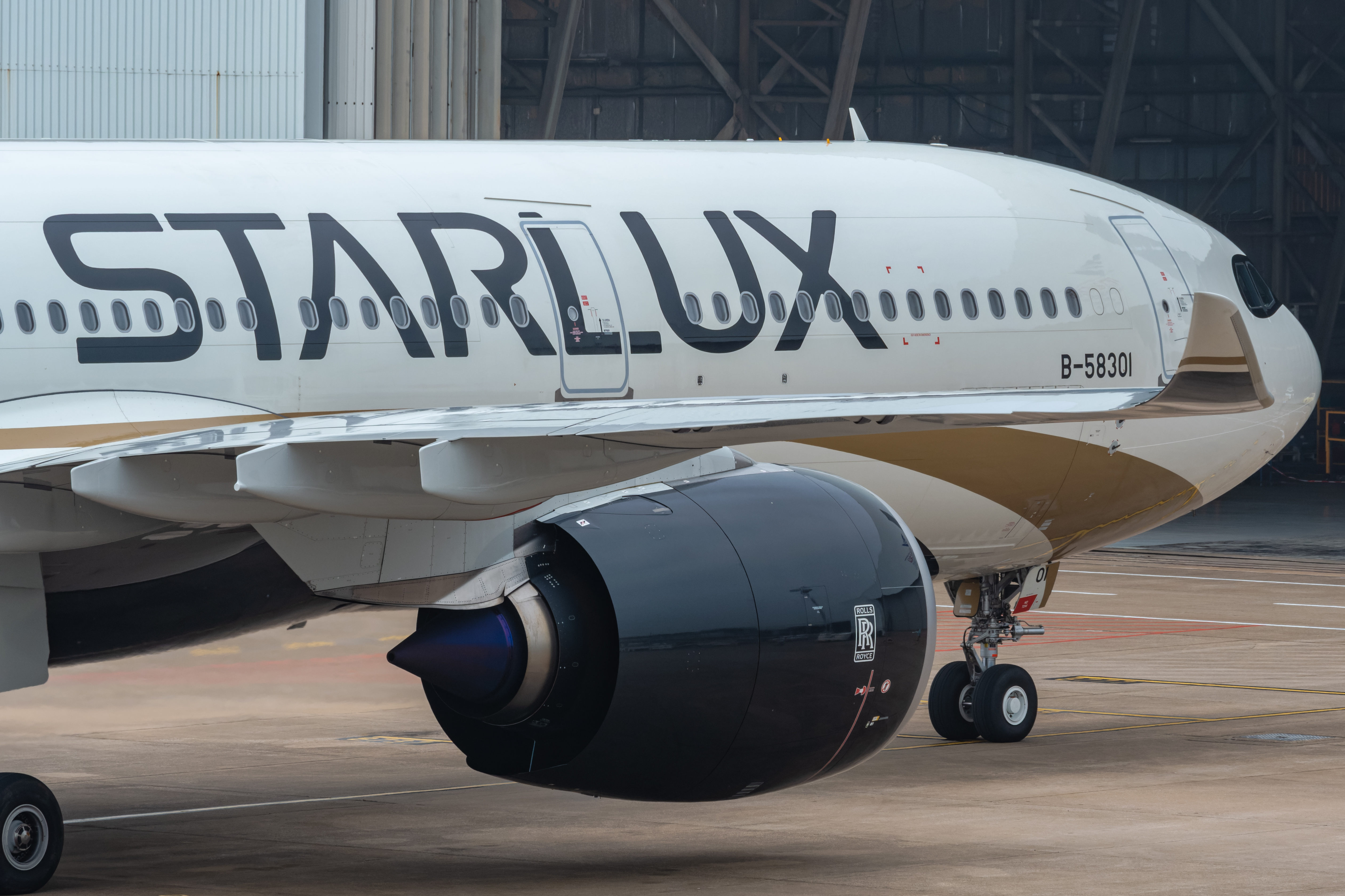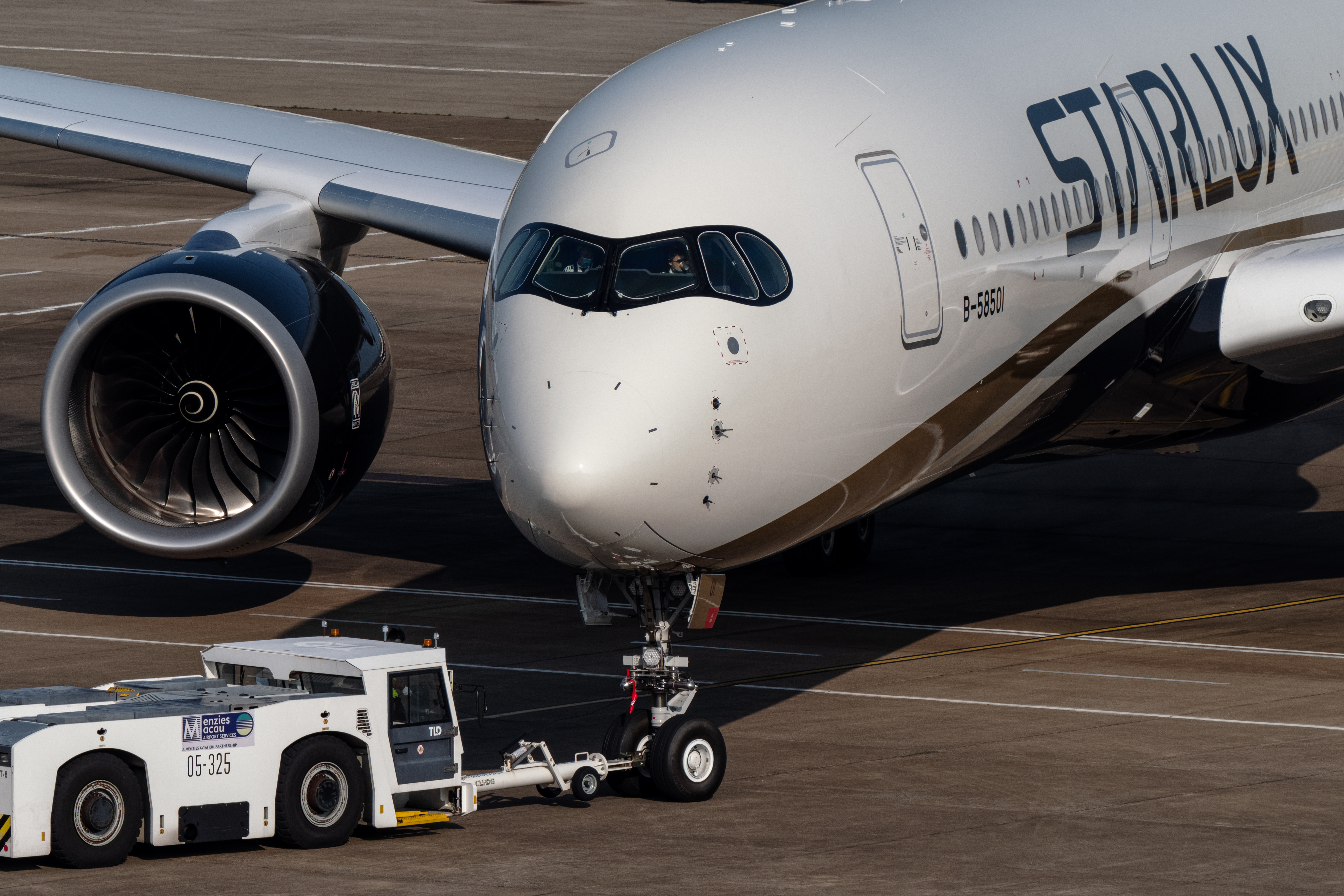
By Geoffrey Thomas
Published Mon Nov 03 2014
Air travel is booming with growth rates surging at 5 per cent a year. Boeing and Airbus are responding manufacturing aircraft in record numbers to meet demand. However the problem is the industry could soon be facing a significant shortage of skilled pilots to fly them.
The 2014 Boeing Pilot and Technician Outlook projects the need for 533,000 new commercial airline pilots worldwide over the next 20 years. To meet the demand, “We probably need 8,000 to 10,000 pilots per year in the United States alone,” says Kit Darby, president of Kit Darby.com Aviation Consulting in Atlanta. The noted industry observer says the rest of the world will have to come up with twice that number. In the U.S. Darby says flight schools are only producing about 2,000 commercial pilots per year; the military some 1,000 to 2,000.
Low Entry Pay
A February 28, 2014 report by the United States Government Accountability Office (GAO) concludes the shortage stems from “imminent retirements, fewer pilots exiting the military, and new rules increasing the number of flight hours needed to become a co-pilot.” Then there’s the matter of pay, entry pay for commuter/regional airline pilots in the U.S. be precise.
Commuter/Regional airlines are the point of entry for many pilots, where they start their professional career.
According to Darby’s figures pay averages US$24,335 per year in 2014 for flying those flying the smallest aircraft, such as 19-passenger Beech 1900D propjets. To earn the right to sit in the low-paying right-hand co-pilot’s seat of such an aircraft, the U.S. Airline Pilots Association’s Fact Sheet says, “many new pilots have invested US$150,000 or more in their college education and flight training with the expectation that they will be able to pay off their loans and eventually earn a salary that is commensurate with their education, training and experience.”
By contrast an assistant manager at a McDonald’s fast food restaurant in the U.S. earns an average of US$29,076. And they don’t have to pay US$150,000 to train for the job.
To make sense of that pay difference, Darby believes you’ve got to put things in perspective. His figures show the average yearly pay for a captain flying the smallest commuter/regional aircraft is US$76,965. Top paid regional airline captains in the U.S. “can make US$110,000 to US$120,00 per year,” he says. “That’s clearly a career.”
If the regional airlines act as stating places for pilots’ professional career, major carriers are the springboard to far higher earnings. Darby says a pilot hired on by a U.S. major at age 30, who goes on to retire at age 65, can realistically expect to earn approximately US$10 million in pay, benefits and retirement.
But first you’ve got to manage to make it through the lean years in the co-pilot’s seat of a regional aircraft. That’s the hard part, the part that renders the airline profession less than attractive.
Pay Perceptions
If low entry pay per se persuades some not to become pilots, so too does the perception of the total price paid to pursue this sometime precarious profession. In the wake of the September 11 attacks some airlines went bankrupt. Others went out of business. US Pilots suffered a 40 per cent pay cut over the past ten years due to airlines restructuring after filing for Chapter 11 bankruptcy protection.
One 747-400 captain for a major airline, a person at the top of his profession puts a human touch to this. Preferring not to be identified, the captain says when his airline went bankrupt not only did he lose 35 percent of his pay, but US$250,000 worth of stock and 80 percent of his pension. Much of that has been regained, but not all.
“I’m one of the lucky ones,” he says. “I really am. I’ve had a good career. I’m a 747 captain, so I’m at the top of the pile.” Still, he wouldn’t recommend his profession to anyone. “I can’t imagine anyone wanting to be an airline pilot,” he says. “It’s too hard.”
Indeed, the International Air Transport Association (IATA) says one of the main challenges in increasing the number of airline pilots is “reduced career interests of younger generations.”
Stricter Requirements
After Continental Connection Flight 3407 crash on February 12, 2009 outside of Buffalo, New York the U.S. Congress passed a law mandating, among other things, that most pilots have at least 1,500 hours of flight time to get an Airline Transport Pilot certificate, or ATP. Before that, a person could fly as co-pilot with a few as 250 hours.
This, and other measures, were designed to cut the number of pilot error accidents. Time will tell if the measures will do that. What the 600 percent expansion of minimum flight time has done, however, is add to the obligation an aspiring co-pilot must fulfill before going to work for a U.S. airline.
How the Shortage Affects Flyers
U.S. regional/commuter carriers are most affected by the new rules. But so is the airline industry as a whole. Remember, regional airlines feed major carriers with pilots.
Approximately 18,000 airline pilots are due to retire over the next eight years and there is a significant need to recruit pilots from those regional carriers.
In the May 15, 2014 edition of the U.S. Regional Airline Association’s newsletter Regional Horizons, RAA Senior Vice President Government Affairs Faye Malarkey Black said the stage is now set for “a perfect storm” of a pilot shortage over the next few years.
The effects of that storm are already being felt, not just in the United States, and not merely among regional airlines. Regional Airline Great Lakes Aviation suspended flights to six U.S. cities in early 2014, citing lack of pilots. Regional airlines are bracing for more route cutbacks.
If the shortage is becoming acute in some sectors in the U.S., Darby contends, “It’s worse” in the rest of the world, “far worse.” Take Japan, for instance, a nation whose population is growing older. This fact has helped fuel a significant pilot shortage there. Cases-in-point: Peach Aviation and Vanilla Air, a pair of Japanese low-fare airlines. Both have had to cancel flights earlier this year. Neither had enough pilots to fly their full schedule of A320 departures.
Based on June 2013 data derived by IATA from Boeing, the Asia/Pacific region tops the list of regions in most need of pilots between then and 2030. That part of the planet must somehow come up with 9,280 pilots per year, or 185,600 overall.
Next in need is Europe, where the demand is for 5,045 each year, 100,900 in total. North American airlines must have 3,450 new pilots per year, 69,000 overall. Latin America is very much in the equation, with a yearly requirement of 2,100 pilots, and longer-term demand for 42,000. Africa needs 725 new pilots per annum, 14,500 in all. Lastly, Russia and the Commonwealth of Independent States require 525 pilots every year to meet demand, 11,900 in all.
Who’s Paid What, Where
Comparing airline pay across the globe is far from an exact science. Just what constitutes compensation differs – sometimes significantly. Typically airline pilots fly a maximum of 1,000 hours annually. In the U.S. that cap is mandated by regulation. The 1,000-hour total limit has to fit into a framework of no more than 30 hours of flight time during a seven-day period, and no more than 100 hours per month.
Pilot pay is based not just on hours flown, but “on weight and forward speed of the aircraft,” says Darby. “That determines pilot productivity, and is the basis for the pay.” For example, a 400-seat Boeing 747-400 pilot is typically paid more than an 180-seat Airbus A320 pilot.
AirlineRatings.com derived pay data from a number of sources: KitDarby.com Aviation Consulting, IAC, Airline Pilot Central, Flightglobal and some airlines. These numbers do not necessarily take into consideration things such as housing allowances and the tax-free status of pay, in some instances, for foreign expatriate pilots. Those elements can boost total compensation considerably.
Two figures matter most: average entry-level first officer (co-pilot) pay and average top captain’s pay. Looked at that way the leading U.S. passenger airline is Delta, which pays its entering first officers an average of US$68 per hour. That’s as much as US$6,800 per month and US$68,000 a year. Average top captain’s pay at Delta is $213 per hour. If based on 100 flying hours maximum per month, and 1,000 per year that translates into US$21,300 each month, or US$213,000 a year.
By contrast, a Korean Air 747-400 first officer can earn as much as US$9,800 per month, and a 747 captain as much as US$16,100.
Cathay Pacific’s first officers can earn US$8,878 each month; top captains US$14,343.
Based on basic salary plus flying pay, Emirates first officers are paid around US$7,935 a month; Captain’s pay can be US$11,227.
In Australia a Qantas A330 captain takes home up to A$260,000 a year, (A$21,666 a month) whereas a Virgin Australia A330 skipper will get around A$242,000.
For a Qantas A380 captain the remuneration is higher at A$350,000 (A$29,166 a month) compared to a Virgin Australia 777 captain at A$262,000.
A recent article in The New York Times says experienced pilots at German flag carrier Lufthansa “can easily earn…about US$275,000 each year.”
But it’s China where pilot demand (particularly for foreign captains) is soaring. And so is the foreign pilot pay scale. Jim Morris is CEO of Australia-based IAC, an international airline pilot recruiting firm. He asserts, “You cannot get [expatriate pilots] to go there for love nor money at the moment.” Not even at captain’s pay that’s around US$20,000 per month. He says that 20K paycheck “would have been unheard of two or three years ago.”
The pay disparity between local pilots and expatriate cockpit crewmembers can be significant, and not just in China. “The pay rates…for foreign pilots under contract…are usually premium rates,” says Kip Darby. That can produce real tensions in the cockpit. “Local pilots making less look at foreign pilots making more and [they’re] not happy with that.” Indeed, earlier this year more than 100 Air China pilots signed a letter to the airlines’ management, citing complaints about pay and scheduling differences in how the two groups are treated.
In the end, however, IAC’s Jim Morris says the challenge in attracting contract pilots to work in China isn’t pay per se. Increasingly, it’s lifestyle. “Pilots are not all motivated by money,” says Morris. “Route structures, the ability to come home and be with your family” are critical.
Solutions?
There are things industry can do to meet the expected demand. Whatever action is taken (and some is already underway) time is precious. “This is not something you can do overnight,” says Kit Darby. It’s not like turning on a tap and expecting fully-qualified pilots to suddenly flow out. The process “can easily take eight years,” He says.
“We find ourselves with a structural problem based on the system of how we train pilots,” contends Dan Akins of the aviation consultancy Flightpath Economics. Speaking before the 39th Regional Airline Association Convention he said, “We have to regain some kind of linkage between the airlines and cadet pilots” saying that since the 1970s “We have offloaded the training expense on the military and on the backs of the students themselves.”
Darby notes that back in the 1960s, when there was an earlier pilot shortage, airlines reached out to pilots “and helped them pay for their training.”
In fact, in its report Aviation Workforce: Current and Future Availability of Airline Pilots the U.S. Government Accountability Office says airlines are already taking action. Several regionals interviewed by GAO have “developed partnerships with schools to provide incentives and clearer career paths for new pilots.”
The GAO reports says some regionals, and pilot schools, believe the U.S. Federal Aviation Administration “could do more to give credit for various kinds of flight experience” to meet the new, higher U.S. 1,500-flight hour threshold.
All agree the system needs adjustment. Darby thinks it should be more than a mere tweaking of the structure. “It takes a certain type of personality to do this job,” to be an airline pilot. “Just because you have a flight rating and training doesn’t mean you have the ‘right stuff,’” he contends.
One thing is certain in all this: it’s the traveling public that will eventually pay the cost of the emerging pilot shortage. How big the bill and how long before payment is due are the only real questions.
But it is essential that pilots are well paid for their work and sacrifice and the career is as attractive as possible. It is of great concern that the emergence of low cost airlines has also meant that we are getting low cost pilots. This is something that the industry cannot afford and is a false economy.
Have questions or want to share your thoughts?
Get In Touch




